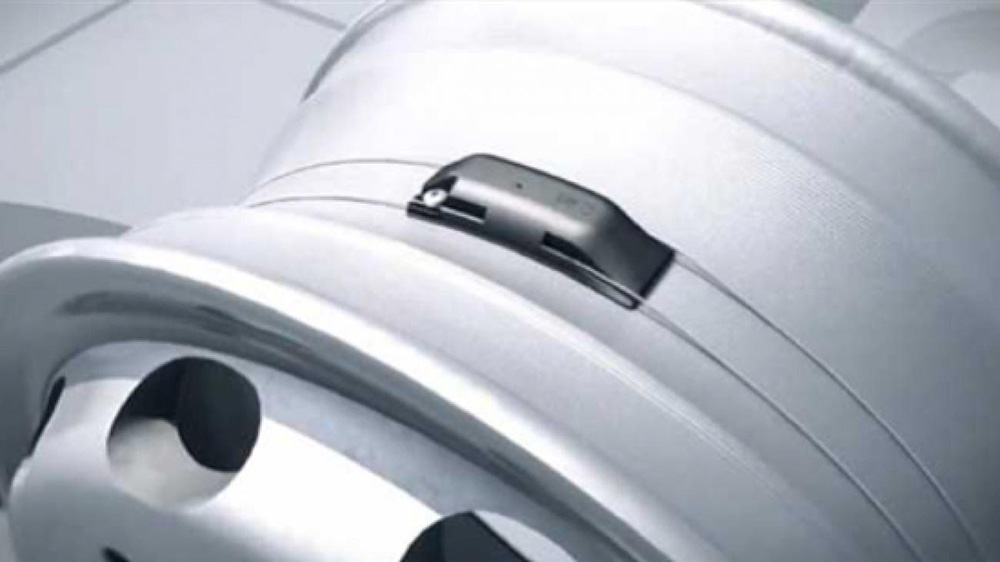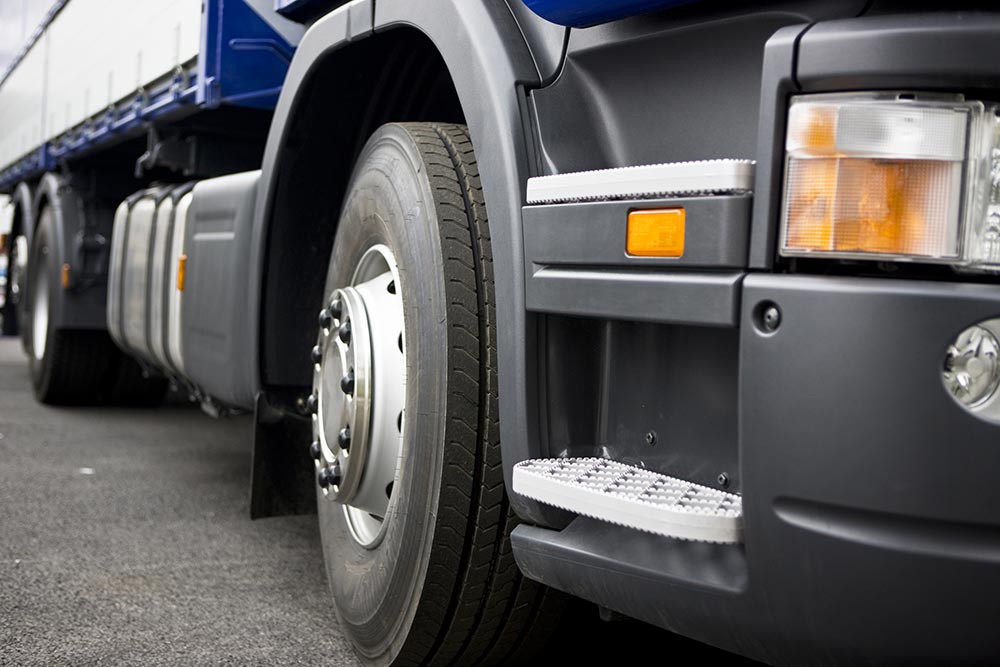Tire pressure monitoring sensors (TPMS) keep fleet managers up to date on the status of their fleet’s tires so they can automate tracking and maintenance, improve safety, and cut costs.
A new age of connected transportation
Available as original equipment installed directly on leading brand truck tire casings or as an after-market addition to standard tires (e.g., standalone valve cap), tire pressure monitoring sensors are yet another Internet of Things–based system that’s revolutionizing road transportation. TPMS systems continuously measure tire pressure data and display it on a screen in the vehicle’s cab and/or in Web-based management software. These sensors make it possible to automate real-time tire monitoring without human intervention. In the event of an anomaly such as a sudden drop in air pressure, TPMS systems will alert drivers so they can take immediate action.
IoT on the road: a cost killer
TPMS systems have many advantages: less wear and tear (which can extend the life cycle of your tires by up to 30%), reduced CO2 emissions, better fuel economy (poorly inflated tires can lead to an average 5% increase in fuel consumption), and improved safety on the road. In fact, these systems are so effective that some carriers have even removed spare tires from their trucks and trailers to take advantage of lower costs and bigger payloads.
In addition to tire pressure, TPMS systems measure the tread temperature to avoid the risk of overheating and blowouts. TPMPS technology is steadily advancing and systems are now compatible with various communication systems (Wi-Fi, Bluetooth, 5G, RFID) for increased connectivity. That means it’s possible to transmit data in real time to telematics systems installed in vehicles or to roadside terminals that automatically collect pressure data as trucks pass by, for example.
With systems increasingly interconnected, TPMS data can be used by third party telematics solutions to provide carriers with performance reports and indicators. Alerts can be displayed on the on-board screen in the cab or on the driver’s smartphone.

Next step : Artificial intelligence at the wheel
Artificial intelligence is also being integrated with TPMS management software to help analyse tire wear and tear, behaviour, and grip based on road types or conditions in order to predict the potential risk of blowout. With new generations of smart tires, TPMS could ultimately be coupled with microcompressors to automatically and remotely adjust tire pressure. Solutions like these could be commercially available by 2023.
Integrated solutions already exist
At Novacom, TPMS technology is an integral part of our Trailermatics offering. It can connect up to 12 wheel units, for which tire pressure data can be combined with the technical data transmitted via the electronic braking system (EBS) for all trailers on the market. Data from the rim-mounted monitoring sensor is displayed on the Trailermatics Web portal and mobile app. Users have access to a daily cold tire pressure report and decision making tools for better planning of tire fleet maintenance.









